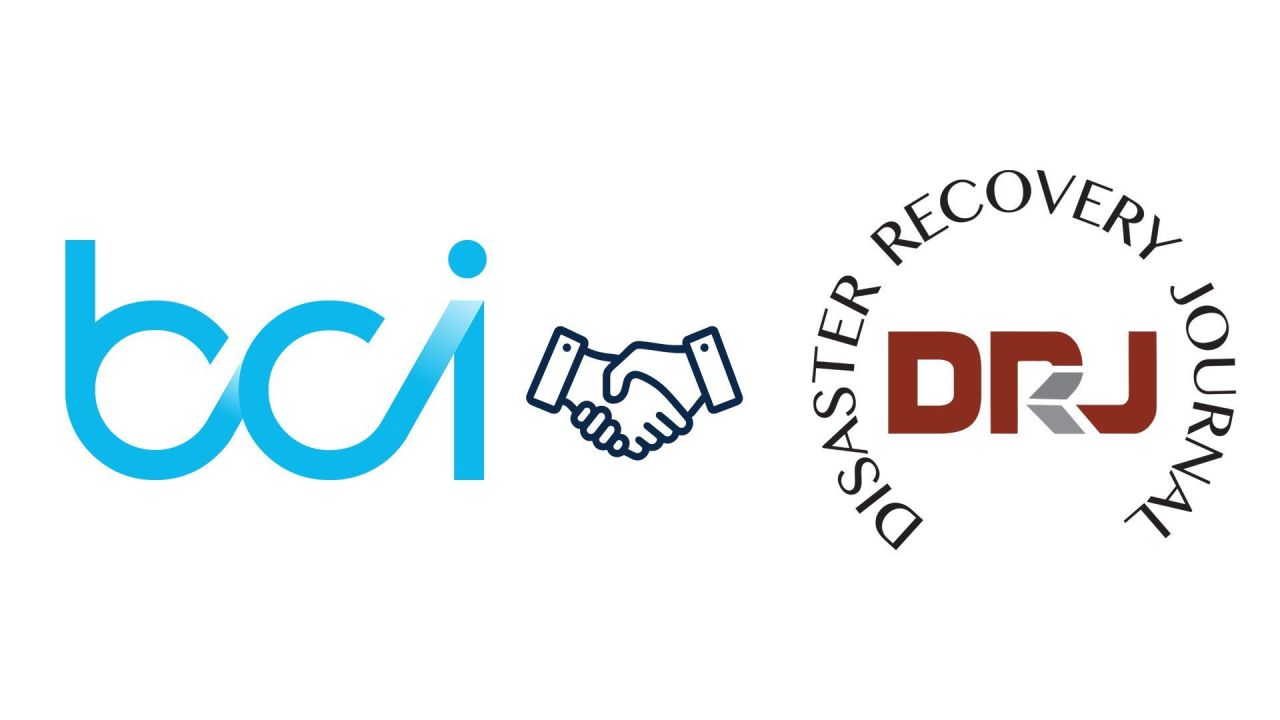Learn which KPIs truly matter to senior leadership and how data-driven insights elevate business continuity from operational necessity to strategic governance.
How to Plan for Business Continuity in the Event of a Monkeypox Outbreak

Since May 2022, the monkeypox has been one of the WHO's new health priorities, with over 1,000 cases detected in 29 non-endemic countries... and counting! Learn more about how to consider the impact of this virus in your continuity program.
About monkeypox
According to the World Health Organization (WHO), monkeypox was first detected in 1958 amongst monkeys and in 1970 amongst humans. Occasional cases have occurred in the past in countries where the disease is not endemic, and would have been caused by travelers who had stayed in a country where the disease is endemic.
In May 2022, numerous cases of monkeypox were observed in several countries where the disease is not endemic. This is unusual and the WHO is working with all affected countries to strengthen surveillance and provide guidance on how to stop the virus' spread and to manage those infected. The current cases of monkeypox are unusual, as there is no connection with travellings from countries where the disease is endemic or with imported animals from these countries.
Symptoms of monkeypox
The classic symptoms of monkeypox are fever, severe headache, muscle aches, back pain, fatigue or low energy, swollen lymph nodes, and skin rash or lesions.
The rash usually appears one to three days after the onset of fever. The skin lesions are usually flat or slightly raised, may contain clear or yellowish fluid, and then form a crust that dries out and eventually falls off. The number of lesions on one person can vary from a few to several thousand. The rash is usually concentrated on the face, palms of the hands and soles of the feet. They may also appear on the mouth, genitals and eyes.
Symptoms usually disappear spontaneously after two to four weeks without treatment. In France, for example, infected people should stay isolated for three weeks and telework if they are able.
If you have symptoms similar to monkeypox, please consult a health care professional.
Symptoms are taken from the World Health Organization's website.
Best business continuity practices in the monkeypox situation
To better understand the potential impact of monkeypox on your organization's resilience, here are some good practices to consider with your continuity team. While the WHO does not believe this virus will come to a pandemic level, it is important to keep an eye on the situation and its potential impacts in the workplace.
Business Continuity Plan Management
- Test and validate continuity solutions that may apply, especially in relation to the loss of key personnel
- Ensure that your teams are robust and multi-skilled
Monitoring
- Monitor, document and communicate any changes in the situation to employees as appropriate
- Evaluate prevention measures to be (re)implemented : disinfection of office workstations, office attendance logs, fequent hand washing, etc.
Travelling
- Review travel policies according to regions visited
- Re-evaluate the need for large group activities/events
- Review options to (re)consider telecommuting for all if possible
- Inform travelers of the steps to follow
Awareness
- Assess the need for communication to reassure people
- If time permits, conduct a tabletop exercise
- Review HR policies that may apply
Need more information on how to manage your continuity program in light of monkeypox?
Contact our experts for personalized guidance.








